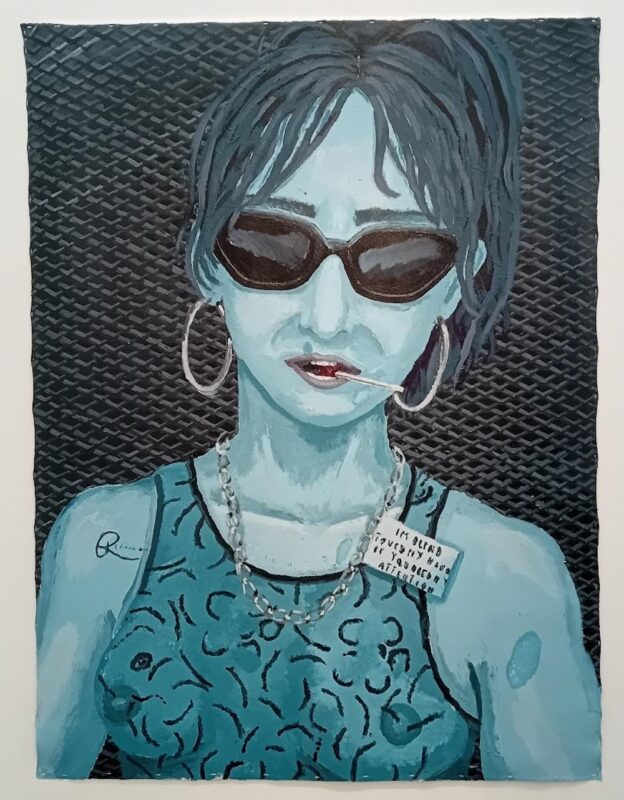Georg Baselitz has demanded the removal of all his loaned works from German museums in protest against regulations regarding the export of artworks. This seems to be a straightforward case of warranted dissent, but it reveals something important about the way the art market guides the cultural heritage of nations.
The German culture minister, Monika Grutters, recently announced a tightening of the laws governing the export and sale of artworks. The new measures target artworks that are considered to be ‘national treasures’; anyone wishing to sell such a work to a buyer outside of Germany, including in the EU, must first obtain a permit to do so. The rule applies to works by German artists that are currently held in Germany and thus threatens to stem the international flow of the nation’s cultural production. Baselitz, whose paintings routinely sell for not less than £500,000 on the primary market, has lodged his objection by taking back works he has loaned to German museums.
The logic of Baselitz’s objection might be assumed to be that, first, on a libertarian view, if the works are privately owned, the owner has the right to do with their private property as they wish, without any intervention from the state. And second, more charitably, it is not in either the state’s nor art’s interests to restrict the dissemination of the country’s cultural output. The first view matters because it is a central tenant of liberal capitalist societies that justly acquired private property is entirely at the disposal of the owner, who in this case has doubtless paid a princely sum for it. The art market stands at a remove from state control and indeed all regulation of financial markets, so this intervention threatens the autonomy of the market.
The supposed virtue in the art market’s sovereignty over its affairs is a complex matter, which does as much harm as good, but in this case it seems pretty clear-cut that it feeds into the second issue in a positive way. In order for artists to be able to compete internationally for cultural (as well as economic) standing the market must be free to disseminate as widely as possible. After all, an artist’s international reputation is of withering importance if it depends upon hearsay, media coverage and critical essays rather than artworks held in important collections and seen all over the world.
The other glaring issue is how one defines a ‘national treasure’. A nation’s art provides a picture of the culture as a multifaceted thing, since art is the product of an individual embedded in that culture who represents the people and its ideas, values and aspirations. But what will be treasured by the nation as a beacon of its identity and values is something that can scarcely be decided in the heat of the present. A national treasure does not just emerge from the studio of a blue-chip artist, but it is tried and tested by the people and the artworld. It earns its title through successive generations conferring upon it the status of an essential treasure through their actions and feelings towards it, not by the arbitrary say-so of the government at a given moment in history.
There is also a sense in which the artist has a role to play in constructing their legacy and thus in deciding which of their works they wish to represent them in the nation’s cultural history. The artist, in the final analysis, has the right to say whether we should treasure a work, regardless of our affections for it. But the artist is only ever a slave to the market, which, in the end, wields the power to make an artist international or leave them languishing in the provinces. In which case, they are bound to have a symbiotic, if not happy, relationship with the market that enables them to work and to make decisions about the fate of their work.
Baselitz is right to defend what appears to be a libertarian view of private property precisely because his reputation depends upon it. If the state can claim an artist all for itself, and thereby deny them an international standing, then artists in turn become representatives of the state, and therein artistic freedom dwindles inexorably. For all its faults and foibles, the market defends the sovereignty of artists and facilitates their autonomy in an international artworld, which is tremendously fragile in a world where artworks cannot even leave their country of origin.
Words: Daniel Barnes








